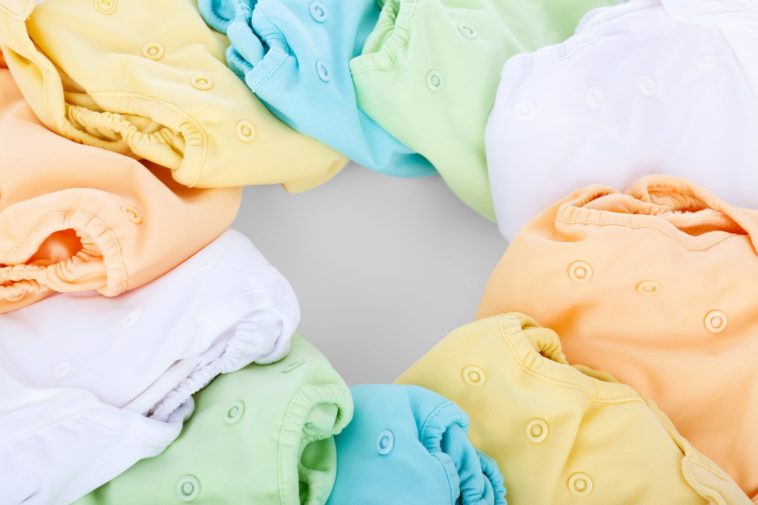The moment you realize the fact that you are pregnant, shopping for baby clothes is the very first thing you want to do. Shopping for baby clothes can be an immensely pleasurable experience. However, you need to bear in mind certain things before you go on a shopping spree. The essence of shopping for baby clothes is that your baby should be able to actually wear those clothes, and not outgrow them within a few weeks. So, it would be really wise if you buy just enough clothes for the initial weeks of baby’s life. After your baby arrives, you can shop for more as he grows up.
Comfort- The prime factor
Comfort is the primary concern when it comes to baby clothes. Babies are fragile and delicate. Their skin is easily irritable. Choose the outfits that are made up of 100 % cotton. Cotton fabrics facilitate circulation of air. They are sweat-absorbent as well. Avoid woolen clothing, because wool can cause baby’s skin to itch.
Cotton clothes are good for all seasons. You can put bodysuits underneath baby’s cotton outfits during winters. Dressing in layers is much comfortable for the baby, rather than wearing bulky woolens. Bodysuits are available in different colors in a set of two or three. You can save considerable amount of money on buying bodysuits in packs. You can dress your baby in just a bodysuit during summers. Your baby would love to wear short-sleeved tees and shorts in summers. Avoid buying clothes that have tight elastics, buttons, hooks or long strings. Opt for the ones those have zippers and Velcro fasters, instead.
Size of baby clothes
Nothing is more upsetting than putting away unworn baby clothes that you bought with great fervor, just because your baby is too big for them. Some babies are born bigger than average. When shopping before delivery, go for ‘0-3 months’ size. This way, the baby won’t outgrow the clothes during the initial days itself. The clothes may look bigger on the baby for the first few days. You can manage by rolling-up the sleeves and bottoms, until the baby grows a little more. This way, the baby can wear those clothes for 2-3 months. Baby clothes should offer the baby ample extent to move his arms and legs.
It is quite possible that your baby may need uppers and lowers of different sizes.
How much to shop?
Your baby would need to change 3-4 times a day, because babies are a little messy. They drool, spit out milk, sometimes throw up and often their nappy may leak. Maintaining proper hygiene is very important. You would also like to change their clothes before bedtime. Consider how frequently you would do the laundry. For example, if you do the laundry every alternate day, you would need at least 6-8 set of clothes.
Accessibility
The baby should be able to get in and get out of his clothes easily. This is necessary to prevent the baby from getting a sprain or an injury while dressing up and dressing down. The joints and muscles in their shoulders and legs are susceptible to injury.
Baby clothes should offer you easy access to change nappies. Outfits that snap at the waist or are easy to pull down would be suitable. It makes no sense to buy clothes that are more of a hassle when it comes to nappy changing.
Wash care
Read the labels carefully before you drop any clothes in your shopping cart. Choose the ones that can be laundered in washing-machine and tumble-dried. You will barely find time to wash clothes by hand, once the baby arrives. Clothes that need dry-cleaning aren’t the best bet, either.
Spice it up
You can jazz up your baby’s outfit by teaming it up with some accessories. Buy some funky socks and caps or hats that perfectly complement the outfit, rather than totally match with it.
We hope that you found these tips interesting. Follow them while you shop for baby clothes, so that you not only enjoy shopping now, but also get pleasure from dressing up your baby in them later.


